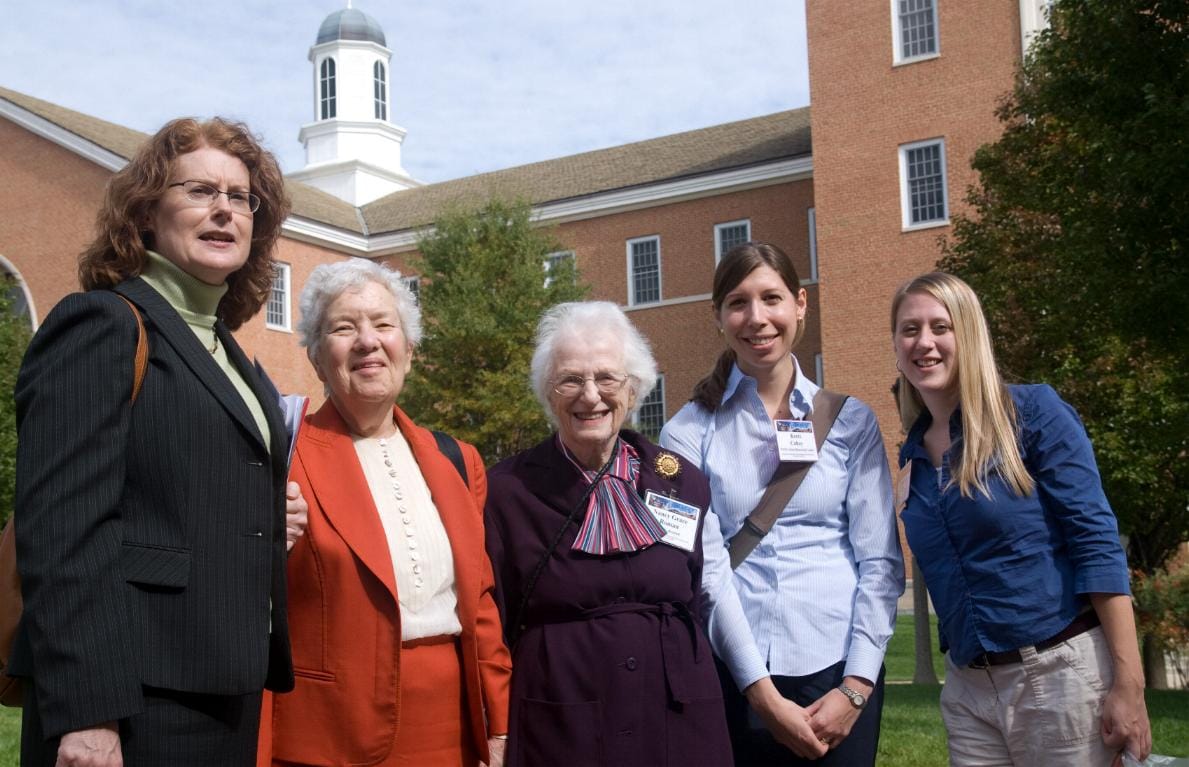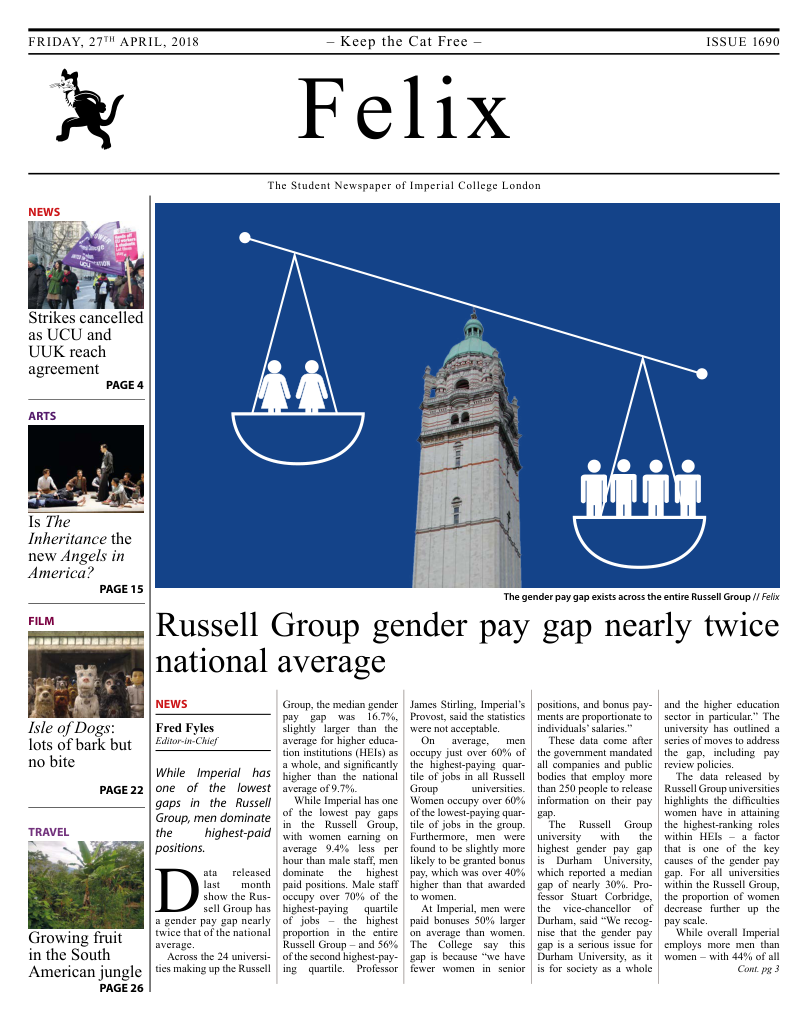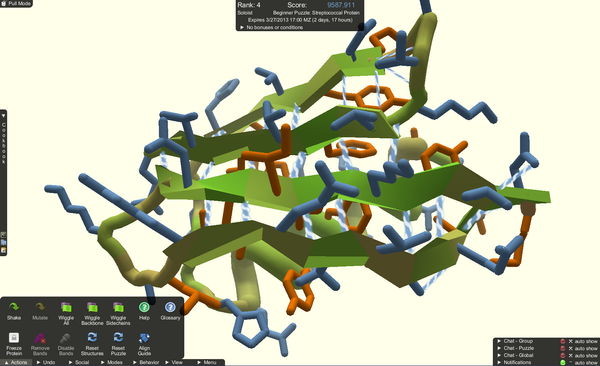Galaxies far, far away: The problem of the spinning stars
Work done by Vera Rubin helped provide evidence for the existence of dark matter. Science Writer Maya Kaushik celebrates her legacy.

Princess Leia was a feminist icon of the 1980s that many of us grew up with. When Carrie Fisher passed away just over a year ago, social media and the news were filled with people mourning her death. Two days before, however, on Christmas Day in 2016, Vera Rubin quietly passed away in the USA. Rubin may not have travelled through the galaxies in the same way as the Jedi Princess, but her impact on our understanding of the stars has been profound.
In the 1970s, Rubin and her colleague Kent Ford at the Carnegie Institution of Washington used an image tube spectrograph to observe the stars of the Andromeda Galaxy. They expected to see the stars on the outer edges of the galaxy moving at a slower rate to the stars in the centre, as would be predicted by our known laws of physics – think of a spinning top, or the planets surrounding the sun in our solar system. Instead, they found the outer stars were in fact moving at the same rate as the stars in the centre – a much faster rate than expected. This soon became known as the ‘galaxy rotation problem’. There were a few theories as to why this might have been the case, ranging from the outer stars having different light absorption properties, to different orbital dynamics which are unexplained by the current mathematical equations. But gradually, scientists started developing a theory that seemed to fit: the presence of an invisible matter surrounding the galaxy – dark matter.
Initial thoughts were that these might be anomalies found in just one or two galaxies. But, as Rubin carried on her investigations, she found that this phenomenon was widespread. She began plotting the galactic rotation curves of a large number of galaxies, as well as collecting data on the orbital velocities of stars from the galaxy centres to their outer edges. Her findings showed clearly that the unexplained speed of the outer stars was typical of most galaxies in the universe. The dark matter hypothesis seemed to explain these findings – Rubin had indirectly found the first observational evidence for dark matter, an invisible matter found throughout our universe, which does not interact with light or our known electromagnetic spectrum.
Dark matter is currently thought to make up somewhere around 84% of the total matter in the universe. However, our knowledge is limited on what dark matter is, the type of particles it is comprised of, and its relationship with dark energy (also now thought to constitute much of the universe). Increasing evidence for dark matter is building upon Rubin’s discoveries, such as the light distortion of distant galaxies into arcs when their light passes through a gravitational lens caused by the unseen matter.
Vera Rubin made her career in astronomy at a time when gender discrimination was rife. In 1948, she was turned down from a graduate programme at Princeton University based on her gender, and many believe she was unfairly not awarded the Nobel Prize for her work due to sexism. Despite these setbacks, she went on to become a real inspiration and advocate for numerous women in physics.










